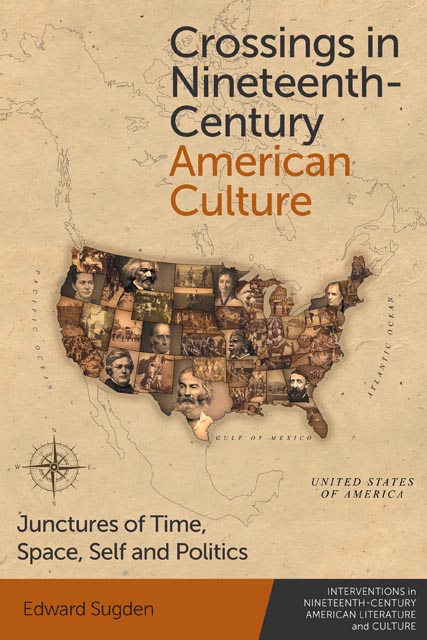6 - White/Not-White: Robert Montgomery Bird’s Racial Transformations, 1839
Published online by Cambridge University Press: 26 November 2022
Summary
In the middle of Robert Montgomery Bird's The Adventures of Robin Day (1839), racial transformation is an unusual yet necessary mode of survival. After deserting the British army during the War of 1812, downwardly mobile Robin reunites with Captain Brown, a pirate who previously tricked him into committing burglary. In order to escape detection and execution, Brown convinces Robin he must masquerade as an East Indian mystic doctor called Chowder Chow whom Brown has enslaved. Knotting Robin's hair, making a turban out of a handkerchief and darkening his complexion with a chunk of damp tobacco, Brown educates Robin on speaking and acting ‘Injun’ (Bird [1839] 1877: 193).
‘Harkee, my skilligallee; can you say Holly-golly-wow?’
‘Yes,’ replied I, repeating the mystic word, ‘but I don't know what it means.’
‘And Sammy-ram-ram?’ quoth Captain Brown.
‘Sammy-ram-ram,’ said I.
‘Bravo!’ said Captain Brown, with another explosion of merriment, ‘that will do. Them two words will make a man of you; and hearkee, my hearty, they are the only ones you are to speak. You don't understand English, d’ye see, and speaks only in your native lingo.’ (193–4)
Taking on this darkened appearance and invented language, Robin performs orientalist stereotypes of exotic indecipherable intelligence. As the two travel to a Virginia plantation to ply quack medical cures, Robin inhabits a liminal position in the racial hierarchy – not treated the same as the enslaved Black men and women he encounters yet very much no longer White. With his tanned complexion, he blurs the boundaries between White and non-White in racial categorisation. In this novel, racial transformation articulates both the stratification of race as a social category and the feared precarity of Whiteness itself.
In the 1830s, Bird wrote a trio of racial transformation novels – Sheppard Lee (1836), Nick of the Woods (1837), and Robin Day – each of which makes political statements on racial tensions in early national America, and more specifically, White male desires to maintain social and economic power. In Nick of the Woods, a peaceful Quaker on the Kentucky frontier transforms into ‘The Jibbenainosay’, who speaks fluent Shawnee, dresses in ‘Indian garments’ and scalps Native Americans to avenge the murder of his family (Bird [1837] 1967: 342).
- Type
- Chapter
- Information
- Crossings in Nineteenth-Century American CultureJunctures of Time, Space, Self and Politics, pp. 88 - 100Publisher: Edinburgh University PressPrint publication year: 2022

